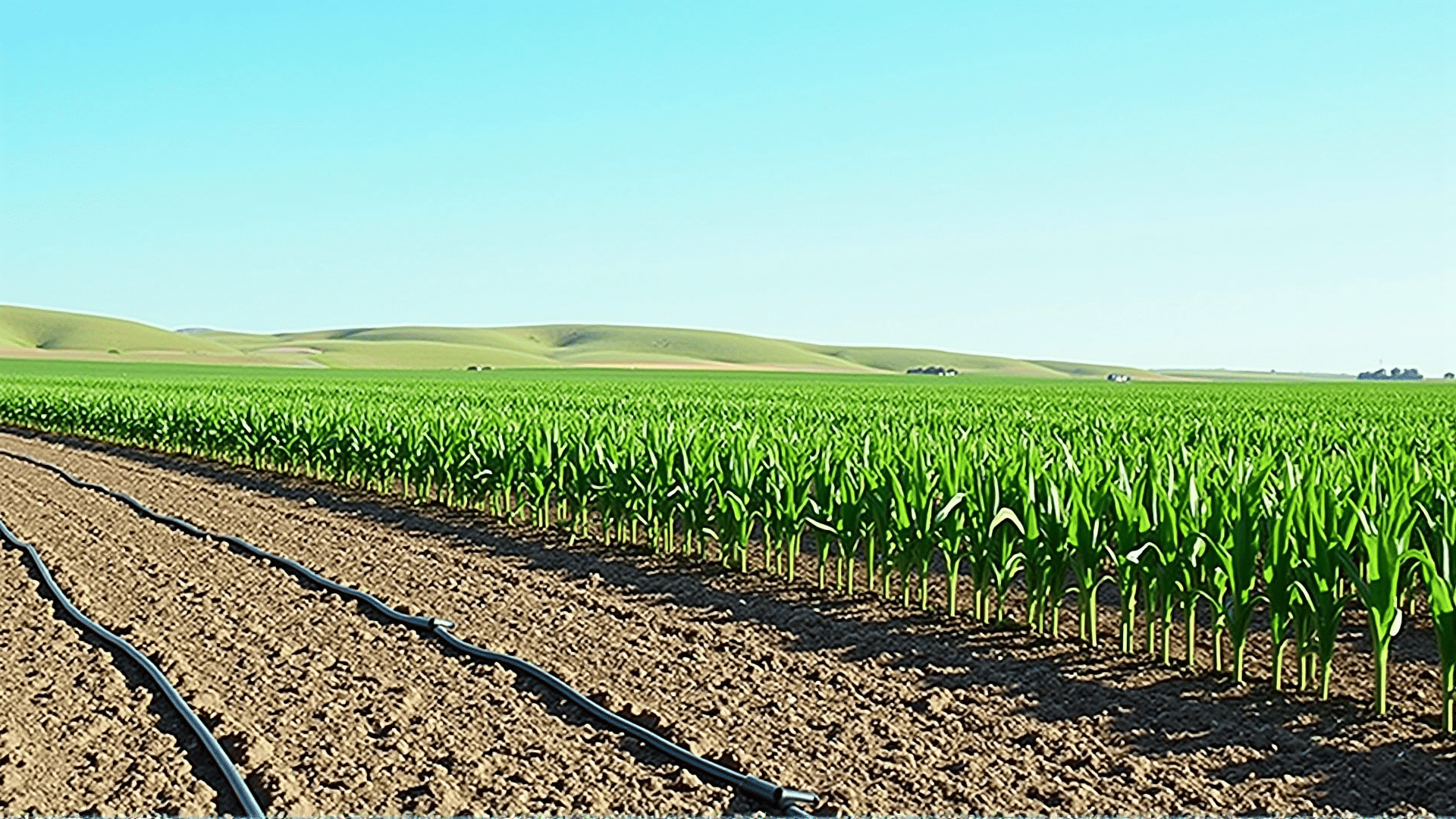As global water resources continue to dwindle, the agricultural sector is under increasing pressure to adopt sustainable practices that conserve water while maintaining crop health and yield. Innovative irrigation systems have emerged as a solution to this challenge, blending technology with efficient water management to optimize agricultural output. Below are some of the most promising water conservation techniques in modern irrigation systems.
Drip Irrigation
Drip irrigation is an advanced system that involves delivering water directly to the roots of plants through a network of tubes, valves, and emitters. This method significantly reduces water wastage by minimizing evaporation and runoff. By providing a steady supply of water directly to the plants, drip irrigation ensures that crops receive the precise amount of moisture required for healthy growth. Additionally, this system can be automated and integrated with weather forecasts, allowing farmers to adjust watering schedules based on precise climate conditions.
Sensor-Based Irrigation
Sensor-based irrigation is a cutting-edge technology that leverages IoT (Internet of Things) devices to monitor soil moisture levels in real-time. These sensors, placed throughout the farm, provide data that helps in determining the exact water requirements of the crops. When moisture levels fall below a set threshold, the system automatically triggers irrigation, ensuring that plants receive optimal hydration. Such precision prevents both over-irrigation and under-irrigation, enhancing water-use efficiency and crop productivity.
Subsurface Irrigation
Subsurface irrigation delivers water below the surface of the soil, directly to the root zone of plants. By eliminating surface evaporation, this method can conserve a significant amount of water compared to traditional irrigation techniques. Subsurface irrigation systems can be configured to use recycled water, making them an environmentally sustainable option. This technique helps in maintaining soil aeration and structure, which are critical for root health and crop yield.
Rainwater Harvesting Systems
Integrating rainwater harvesting with irrigation is another effective way to conserve water. Farms can be equipped with collection systems that capture and store rainwater for later use. This harvested water can then be used to irrigate crops during dry spells or periods of drought, thus reducing reliance on external water sources. Implementing rainwater harvesting not only cuts down on water costs but also aligns with sustainable agricultural practices.
Smart Sprinkler Systems
Smart sprinkler systems represent the new frontier of irrigation technology. These systems are equipped with advanced sensors and weather data integration, allowing them to tailor water delivery based on current environmental conditions. By considering factors like wind, humidity, and evapotranspiration rates, smart sprinklers can adjust water applications to maximize efficiency and limit waste. Farmers can control these systems remotely using mobile apps, providing flexibility and precision.
Hydroponics and Aquaponics
Though not strictly irrigation systems, hydroponics and aquaponics offer innovative approaches to water conservation. Hydroponics involves growing plants in a nutrient-rich water solution, reducing water use by up to 90% compared to traditional soil farming. Aquaponics combines hydroponics with aquaculture, creating a symbiotic environment where fish and plants support each other's growth. These closed-loop systems recycle water and nutrients, making them highly efficient in terms of water usage.
Conclusion
The adoption of innovative irrigation systems is crucial for sustainable agriculture and water conservation. By harnessing technologies like drip irrigation, sensor-based systems, and smart sprinklers, the agricultural sector can significantly reduce water use while maintaining or even improving crop yields. As global water scarcity challenges intensify, these advanced techniques will play an essential role in securing food supply chains and promoting environmental resilience. Farmers and agricultural stakeholders are encouraged to invest in these technologies for a sustainable and water-efficient future.
